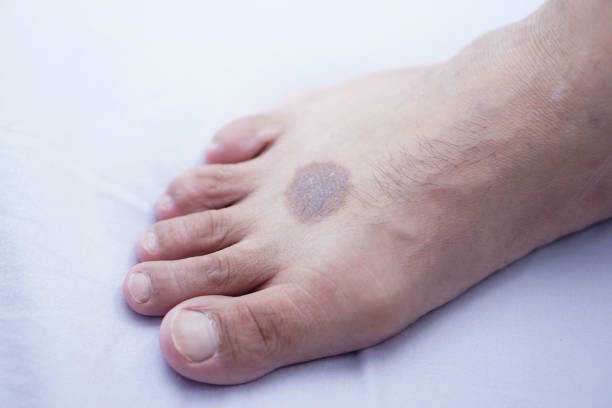Ashen skin is a term used to describe a complexion that appears pale or grayish in tone, often signaling an underlying health issue. This condition manifests as a lack of color and vitality in the skin, giving it a dull, lifeless appearance. It's crucial to recognize the potential causes and symptoms associated with ashen skin to address any underlying health concerns promptly.
Recognizing Ashen Skin
One of the primary indicators of ashen skin is its distinct paleness or grayish hue. It can affect any part of the body and may be accompanied by other symptoms such as fatigue, weakness, or dizziness. In some cases, ashen skin may be temporary, caused by environmental factors like exposure to cold temperatures or a sudden drop in blood pressure. However, persistent ashen skin often points to an underlying medical condition that requires attention.
Common Causes
Ashen skin can be a result of various underlying health conditions. Anemia, characterized by a deficiency in red blood cells or hemoglobin, is a frequent cause. Reduced blood flow to the skin due to poor circulation, heart problems, or shock can also contribute to this discoloration. Furthermore, conditions like hypothyroidism, malnutrition, or certain infections may result in a lack of healthy skin tone.
Seeking Medical Assistance
If you or someone you know experiences persistent ashen skin, it's essential to consult a healthcare professional. A thorough evaluation will help determine the root cause. The doctor may conduct blood tests, evaluate medical history, and perform physical examinations to diagnose the underlying condition accurately.
Treatment and Management
Treatment for ashen skin depends on its underlying cause. For instance, if anemia is the culprit, iron supplements or dietary changes to include iron-rich foods might be recommended. Improving circulation through regular exercise and managing underlying health conditions, such as heart issues or thyroid disorders, can also help alleviate ashen skin.
Lifestyle Considerations
In addition to medical intervention, certain lifestyle adjustments can contribute to improving skin tone. Adequate hydration, a balanced diet rich in vitamins and minerals, and sufficient rest are essential for overall skin health. Avoiding excessive exposure to harsh weather conditions and using moisturizers or skincare products suitable for sensitive skin can also help manage ashen skin.
Conclusion
Ashen skin serves as a visible indicator of an underlying health issue. While temporary discoloration may be benign, persistent or recurrent ashen skin warrants medical attention. Understanding its potential causes, seeking timely medical advice, and adopting a holistic approach to health and skincare are essential steps toward managing and improving the condition. Prioritizing overall well-being is crucial for maintaining healthy, vibrant skin.


No comments yet